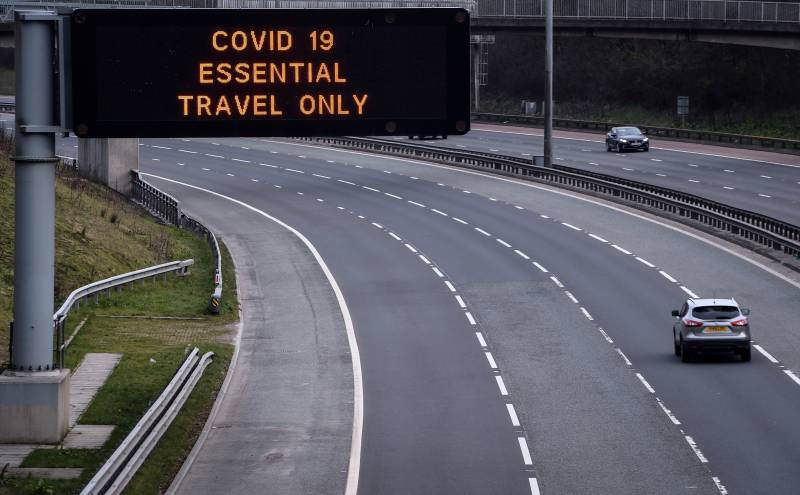With the dramatic reduction in car traffic and commercial flights, carbon emissions have been falling around the globe. If the slowdown continues, some are estimating the world could see the largest drop in emissions in the last century.
Still, overall greenhouse gas emissions in the atmosphere are still going up and the decline will likely be smaller than what scientists say is necessary to avoid the worst impacts of climate change.
So far, the effects are just starting to appear. In China, the first country to lock down, greenhouse gas emissions dropped an estimated 25% in February as factories and industrial producers slowed output. That decreased coal burning, which has come back slowly since then.
“A month or two of shelter in place will drop carbon dioxide emissions a few percent here or there, but it won’t change the year substantially unless we stay like this for some time,” says Rob Jackson, environmental scientist at Stanford University.
The declines are still too small to be read by greenhouse gas observatories around the world, like the one on top of the Mauna Loa volcano in Hawaii, given the natural changes in atmosphere this time of year. Because much of the Earth’s land mass is in the northern hemisphere, plants and forests there cause carbon levels to fluctuate as they bloom in the spring, drawing carbon dioxide from the air.

9(MDAxOTAwOTE4MDEyMTkxMDAzNjczZDljZA004))